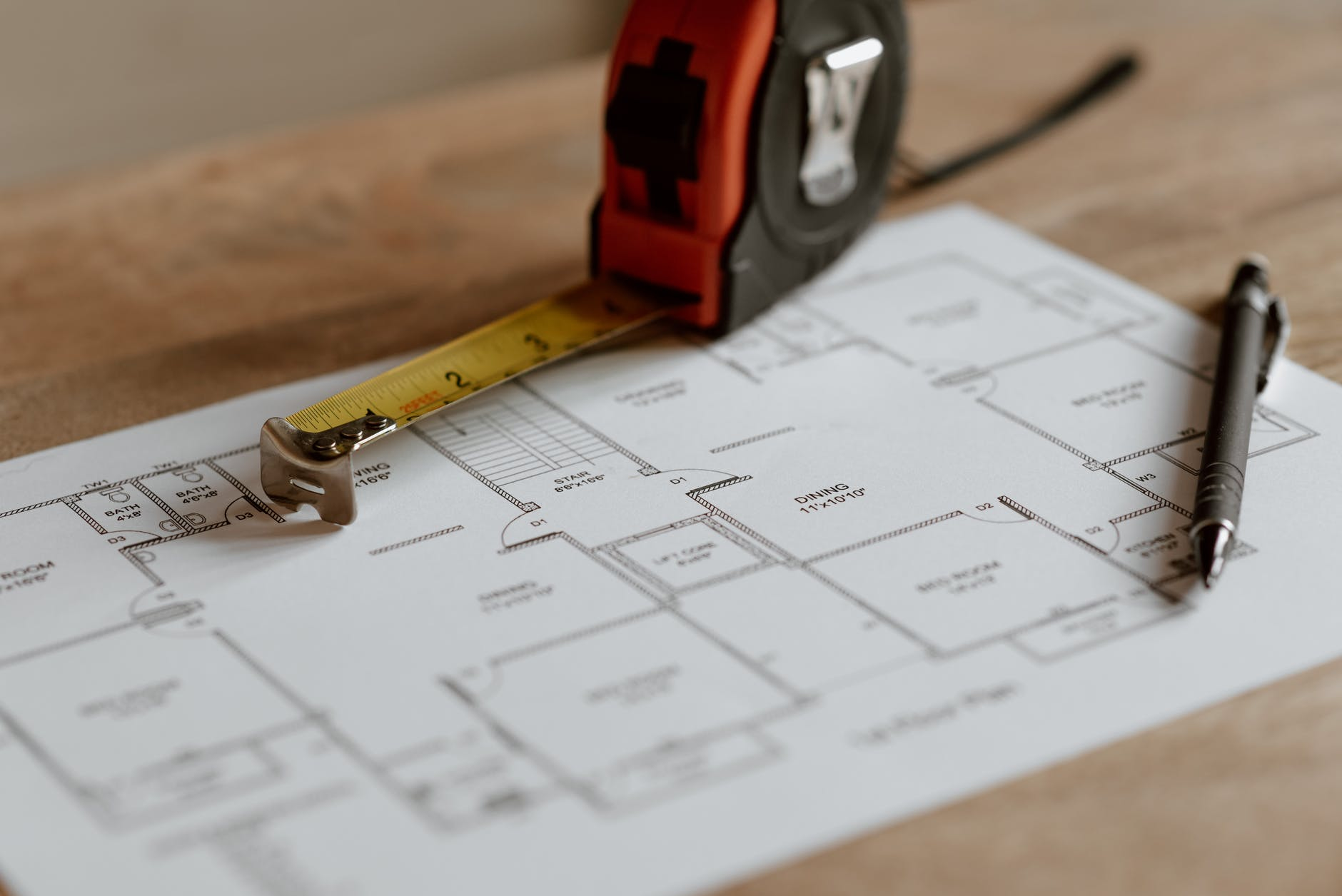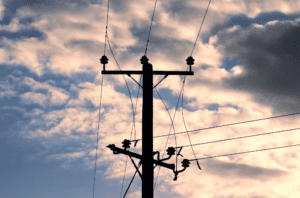How the recently passed Infrastructure Plan will affect your business
The long awaited Infrastructure Investment and Jobs Act will reward work in every sector including electric vehicles, new carbon-free energy systems, modern highways, airports, bridges, ports, rail, broadband, and so much more.
The recently passed federal infrastructure plan is set to help increase energy efficiency in the country by modernizing the power grid; specifically, it will focus on updating outdated electric lines and natural gas pipelines. The job of updating these structures falls to the Department of Energy’s (DOE) Office of Electricity Delivery & Energy Reliability (OE). Through this office, consumers can hope to benefit from access to affordable electricity and cleaner forms of energy transportation.
The Power Grid
Much of America’s electric system has not been updated since the 1960s. Many times, during last summer’s heat waves, Americans were dealing with unusually high rates of energy use. This meant that people lost electrical supply for days at a time because older grid lines could not handle the load. Often, this also meant that natural gas pipelines would come under pressure to provide an alternative for power generation in areas where electricity was knocked offline. Therefore, while updating these vital structures will take time and money, the result could be a much more reliable service capable of serving the country’s ever increasing demand for electric power.
Some of the largest beneficiaries of infrastructure updates are businesses which had to deal with intermittent system failure at their data centers. Updating lines would mean companies could concentrate on optimizing their processes rather than worrying about whether if disruptions in electricity delivery in the region could render their operations useless.
Sounds good, when do we start
Regarding when these projects might take place, the DOE’s OE is still looking into how they plan to update power grids and gas pipelines. According to Energy Secretary Rick Perry, “a lot of work needs to be done so we can answer” where exactly funding for updates will come from and when they’ll begin.
The infrastructure plan allocated $20 billion over 10 years for these efforts. If this turns out to be enough money to do the job, then updates might begin as early as 2022; however, it is more likely that the Departmen of Energy will commission studies on how much building would cost and where exactly they would like to focus their efforts before utilizing these funds.
Long term goals
The actual planning and implementation of these improvements are expected to take decades; however, most of the benefits will accrue over time. The initial construction projects are estimated to cost $200 billion, split evenly between electric infrastructure updates and natural gas pipeline updates. However, it’s expected this expenditure would produce an 8% rate reduction in energy costs by 2040 through a more efficient delivery model. This combined with possible reduced regulatory burdens facing power companies selling electricity on the grid due to improved reliability and less red tape.
Out with the old; in with the new
Additionally, upgrading gas pipelines will lead to cleaner forms of energy being delivered because natural gas lines have a much higher down time than their electronic counterparts. This means updating older gas pipes that were laid down before stricter environmental regulations were put in place would result in fewer harmful emissions being released during the process of energy generation.
Everybody wins
Many businesses stand to benefit from any changes made to the current system because this would allow greater access to electricity and natural gas. This is true for people living in rural areas, and for businesses wanting to expand there, that are not currently connected to power lines or pipelines. Improvements result in more affordable rates for their energy supply. It also means there may be increased availability of new forms of renewable energy generation if investment in infrastructure allows wind farms and solar panels to be set up across a wider geographical area.
Finally, many American workers benefit from these changes because increased investment in infrastructure means more construction jobs will be created. Expanding power grids also means there are more opportunities for people to work as electricians, installers of solar panels, wind turbines, and countless opportunities in the future of renewables.
The government also stands to benefit if more businesses can take advantage of cheaper utilities because this boosts tax revenue. More jobs created means more citizens will be employed to support them, so taxes collected from income and other sources will increase along with economic growth.
The bottom line
The infrastructure plan will lead to cleaner forms of energy being transmitted all while updating pipelines and power grids. The reduction of pollution levels and improving access to utilities means businesses and consumers alike stand to benefit from the improvements and allow America to become more energy independent.
Let’s talk about it
Let us know how your business plans to reduce consumption and improve efficiency in the coming years. Whether you have a plan in place or maybe you’re still working in that direction, count on Brilliant Source Energy to keep you updated and compliant. Let’s take a look at the possibilities together.
"*" indicates required fields





